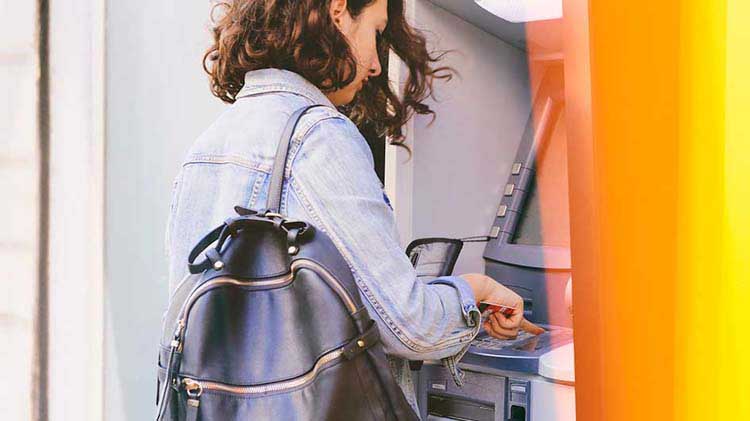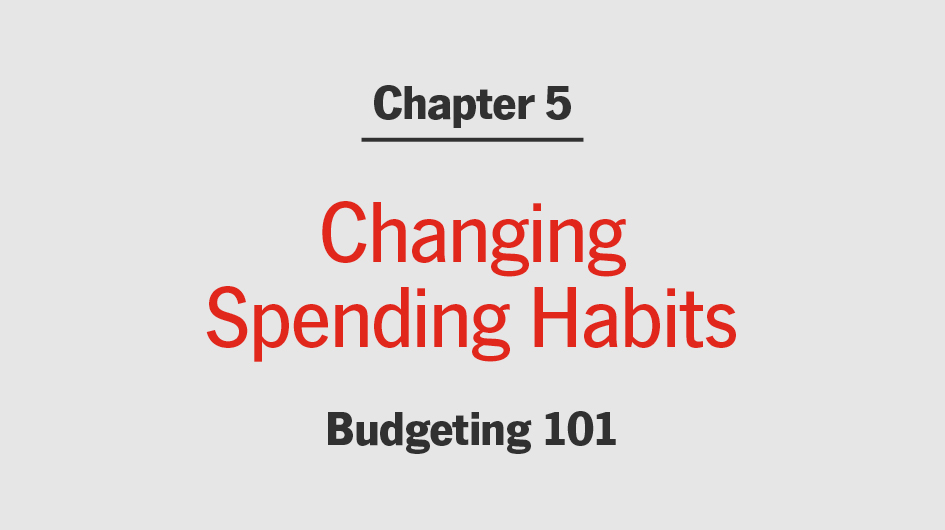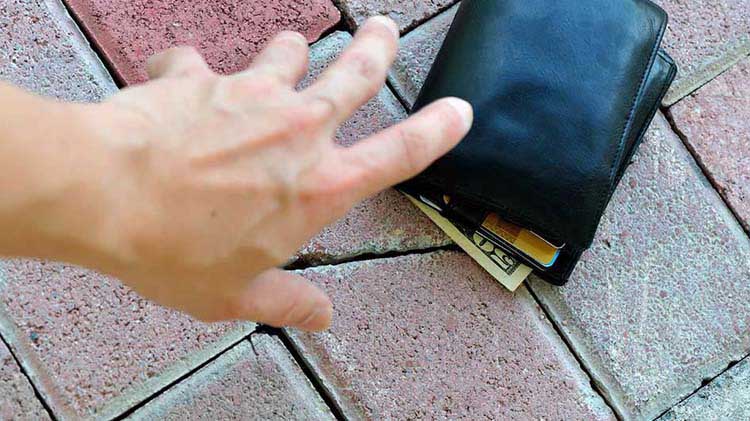It's your money — access it easily with a checking account
This introduction to checking accounts explains some features to seek and avoid.
A traditional checking account can be the best way to keep your money accessible. There are numerous options to access your funds, such as using a debit card, online banking, writing a check or withdrawing money at an ATM or a branch office. Checking accounts can offer a variety of features and fees that differ from bank to bank. Make sure you review carefully to choose one that fits your needs.
The basics
The funds in your checking account are those you've set aside for paying regular bills, like housing, groceries and utilities, as well as all those other expenses that make up your monthly budget. Therefore, the money you deposit in your checking account typically doesn't stay there long, but you'll probably replenish it each payday.
Choosing a checking account
You should choose a checking account based on your spending habits.
Ask yourself:
- How much money will I generally keep in my checking account?
- How many checks do I plan to write each month? Some checking accounts may limit the amount of checks you can write but most have unlimited check writing and some offer checkless checking.
- How many trips to the ATM do I typically make? Verify with the bank how many ATM transactions are allowed without a fee and whether you will incur a fee if using another bank's ATM.
If you've had a checking account in the past, you can get this information by looking at old statements. If not, you'll have to look at your finances and make a rough estimate.
The more information you know, the easier it'll be to find a checking account that will serve your needs with the fewest number of fees.
Free versus fee
While free checking accounts are available, they may have limitations. You definitely need to read the fine print for limitations on check writing or ATM withdrawals. If you go over the allotted amount, you may be charged a fee for each instance. And that can add up quickly, and total more than a monthly service fee.
Plus, there are other ways to make a checking account free to use, or almost free. Some banks will waive the monthly service fee if you have a regular direct deposit to your account, such as your paycheck, or if you make a certain number of debit card purchases.
You can also find checking accounts that have no monthly service fee and that earn interest if you maintain a minimum balance. Keep in mind, though, that you can't dip below that minimum balance even once or you'll likely be charged a monthly service fee. And often those minimum balances aren't minimal.
Remember, checking accounts aren't savings accounts. When it comes to high-balance requirements, you should closely examine whether the interest earned and monthly service fee avoided justify maintaining such a high balance. You may want to consult with a financial advisor to see if you'd be better served by investing your money elsewhere.
How to avoid fees
Eliminating other checking account fees can be as easy as exercising good banking habits. For example, fees for insufficient funds or overdraft protection can really add up. But you can avoid those by spending only what's in your account. If you consistently keep a checkbook register or monitor transactions online, you'll always know how much money you have to spend.
It's also important to review your checking account statement each month. If you decide to opt out of receiving a paper statement in the mail, log on to your bank's website and download the electronic version. Your statement provides a big picture of your spending and reviewing it carefully is a good way to make sure no fraudulent or inaccurate activity has occurred.
Another way to avoid fees is by not using out-of-network ATMs, those owned and operated by other banks. When you do, you'll likely be charged from both the ATM owner and your bank. It takes only a little planning to ensure you always withdraw money from your bank's ATMs.




